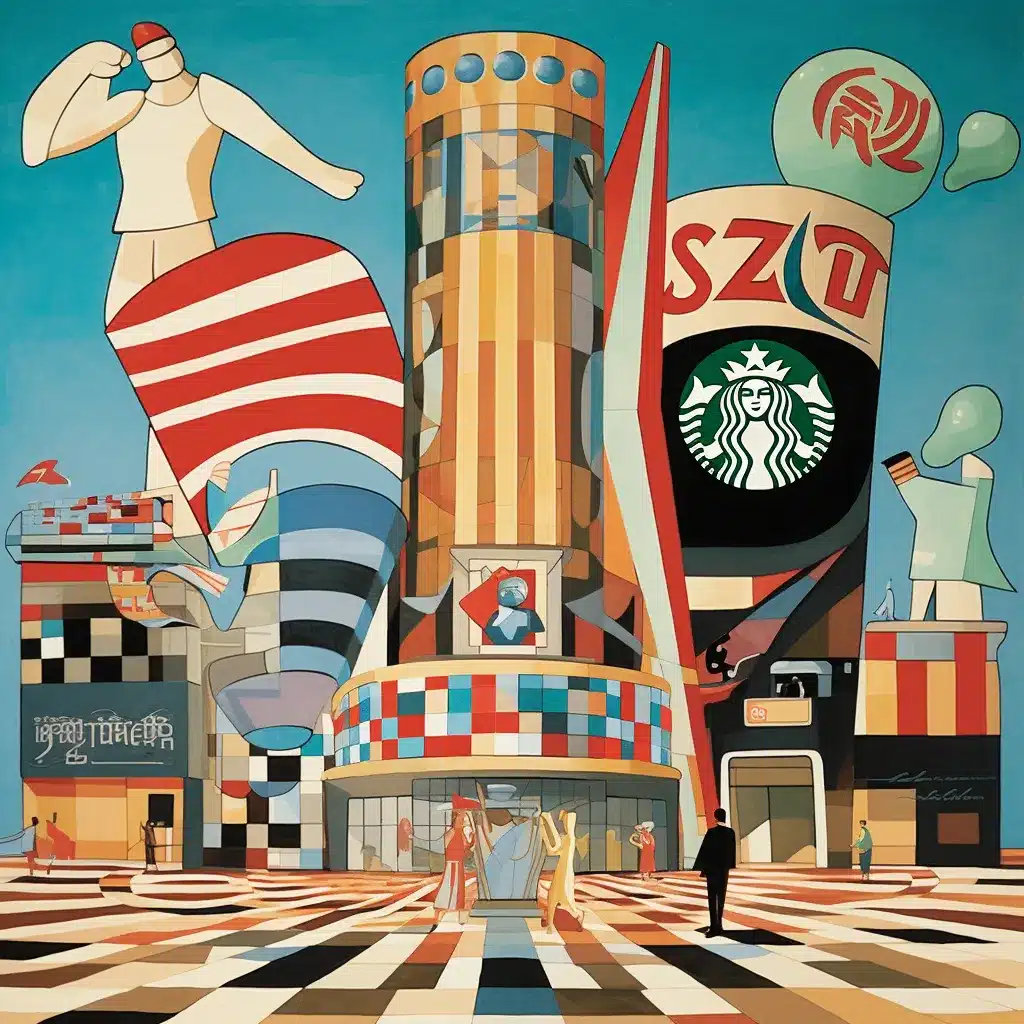Branding is more than a tactical approach; it’s a comprehensive strategy encompassing various tactics. Instead of reinventing the wheel, consider leveraging proven tactics used by leading brands globally. Many successful brands have implemented effective strategies to promote authenticity and engagement with their customers. By analyzing these strategies, Government Communications Officers can learn valuable lessons that they can apply to their own agencies. Here are four of the most effective strategies that successful brands have used to foster authentic and engaging relationships with customers.
Starbucks, the globally recognized coffee chain, has tapped into the power of personalization in a remarkably effective manner. The brand transformed the mundane act of serving coffee into a personalized experience, marked by writing the customer’s name on the cup. This seemingly small gesture fostered a powerful sense of individual attention and customer-centric service, positioning Starbucks as a brand that genuinely values its patrons.
This strategy offers invaluable insights for CMOs and Government Communications Officers. In the realm of public communication, personalization can significantly enhance message reception. This could involve tailoring messages according to demographic information or regional issues. For instance, a public health campaign could segment its audience by age, tailoring messages to suit the concerns of each age group. Similarly, a regional campaign could address local concerns specifically, thereby resonating more deeply with the audience. The essence of personalization lies in understanding and valuing the unique needs and contexts of your audience, thereby fostering a sense of connection and relevance.


Tesla’s strategy goes beyond selling cars. Their vision of a sustainable future, embodied in their electric vehicles, transcends their product, striking a chord with consumers invested in environmental responsibility. This ability to paint a ‘bigger picture’ is a potent branding strategy that both CMOs and Government Communications Officers can harness.
By tying products or campaigns to grand narratives, they can create deeper connections with their audience. For instance, a government initiative could be framed as a step towards ensuring citizens’ well-being or safeguarding the environment. Such an approach turns an ordinary campaign into a meaningful movement, fostering greater engagement and impact.
Coca Cola’s success in emotional branding highlights the impact of connecting with consumers on a deep, emotional level. Rather than centering campaigns around product promotion, Coca Cola triggers positive emotions, as demonstrated in their “Share a Coke” campaign, which underscored the joy of sharing. This approach extends beyond the realm of commercial marketing.
CMOs and Government Communications Officers can also leverage emotional branding to build strong ties with their audiences. Government campaigns can effectively engage the public by communicating messages that resonate with their shared values, evoke empathy, or promote community spirit. Such messages can generate significant impact and increase the level of resonance with the public.


Nike’s empowering campaigns are classic examples of how to convert challenges into victories. Even when they weren’t the official sponsor for the 2012 Olympics, they seized the opportunity to launch the “Find Your Greatness” campaign. This campaign resonated deeply with those who harbored dreams of being part of the Olympics, inspiring them to uncover their own potential.
For CMOs and Government Communications Officers, there’s much to learn here. The key takeaway is the strategic use of motivational elements in your campaigns. Government agencies have the power to unite citizens towards a shared objective, motivating them to engage in community projects and cultivate civic duty.
In conclusion, marketing officers in both the private and public sectors can learn from the branding techniques implemented by successful brands. By adapting and implementing these tactics, they can elevate their own marketing campaigns to new heights. The secret lies in a three-pronged approach: comprehending your audience, establishing emotional connections, and illustrating a broader vision that aligns with their values and aspirations. By mastering these elements, you can create campaigns that inspire, resonate, and drive action.